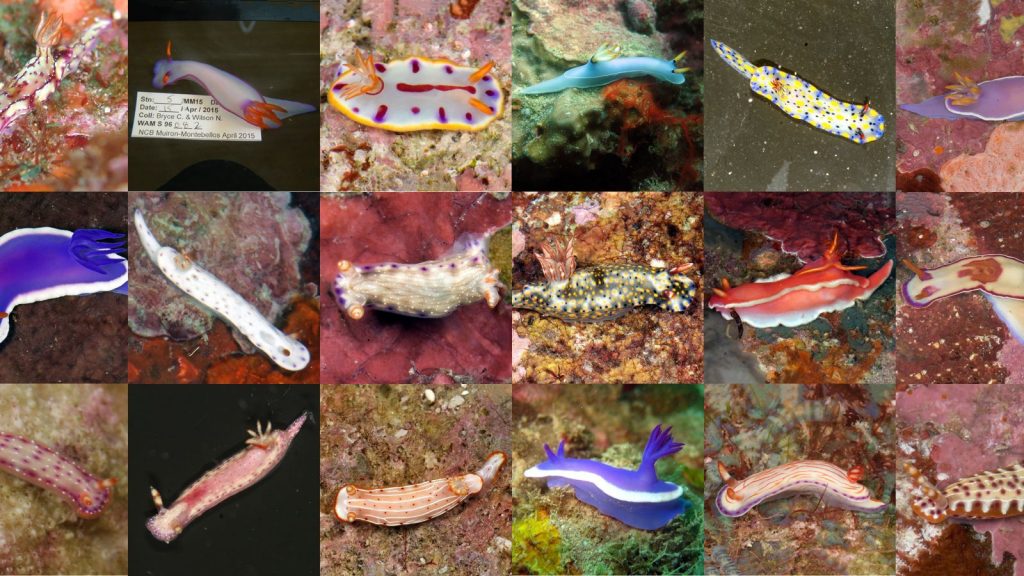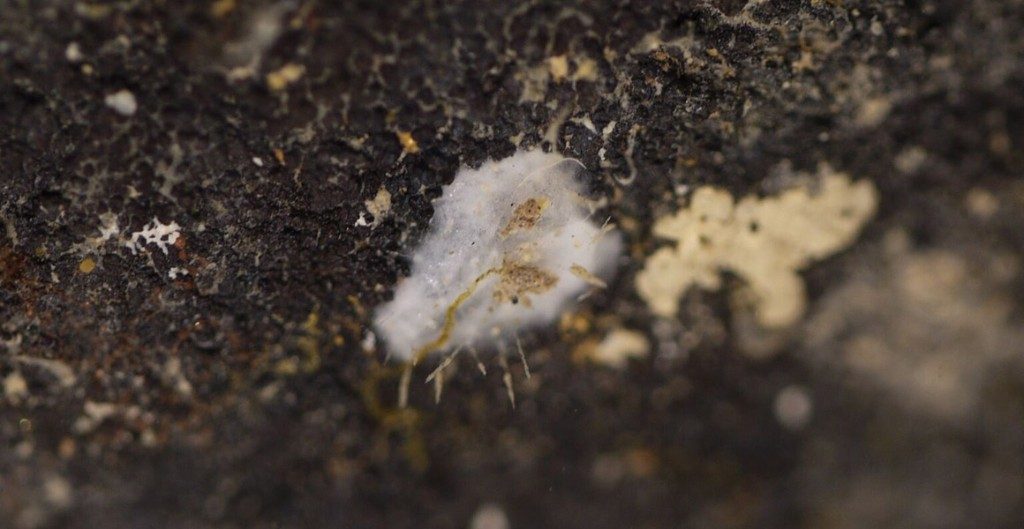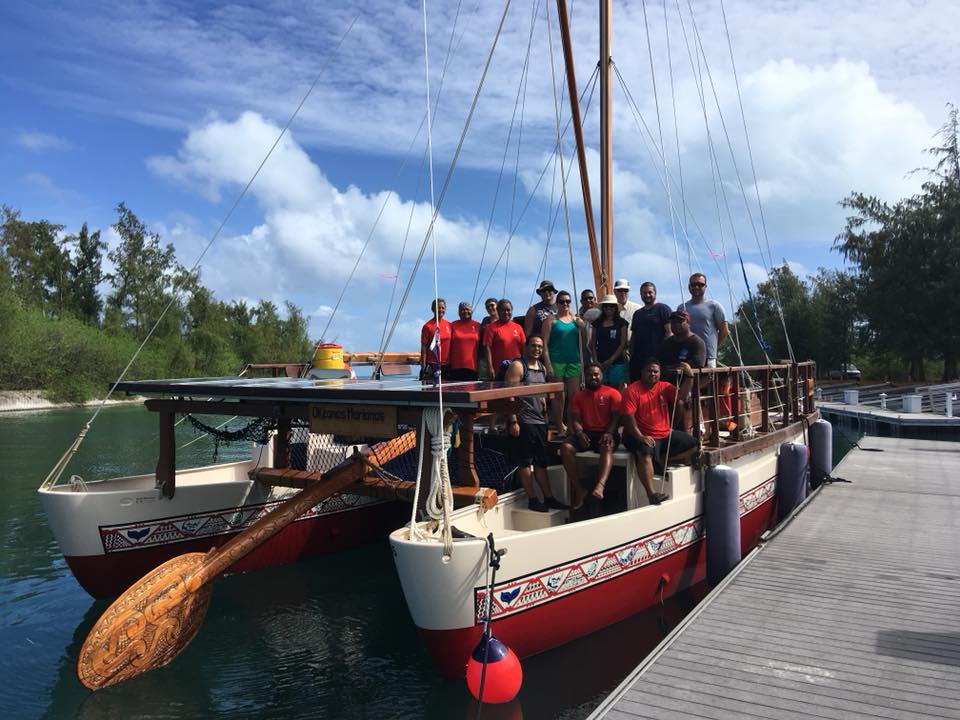
Foghorn (A Call to Action!)
- Help the Victims of Typhoon Yutu.
- Ruth Gates dedicated her life to saving the world’s reefs and training the next generation of reef scientists. The Fight for Corals Loses Its Great Champion.
Flotsam (what we’re obsessed with right now)

Photo: California Academy of Sciences
- Palau Becomes First Nation to Ban Sunscreens That Harm Corals.
- The tiny sponge that could help preserve our deep oceans.


